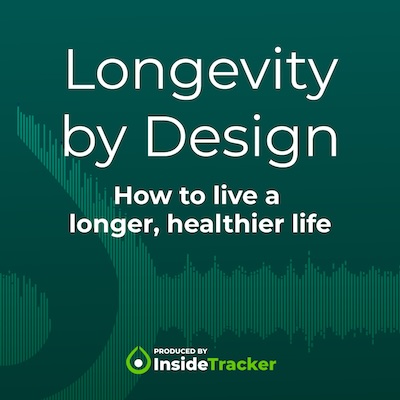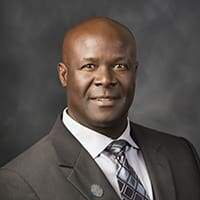Are You Paying More for Home Insurance?
Photo by Greg Johnson on Unsplash
When I read predictions of what climate change will do to our world over the next 50 years, I am sorely tempted to follow the counsel of Charlie Brown: “No problem is so big or so complicated that it can’t be run away from.”
However, it is already too late to run. The latest evidence of climate change’s rapid advance comes from what might seem like an unlikely source: homeowner’s insurance. But shocking premium increases clobbering homeowners and would-be homeowners are directly connected to the frequency of super-sized natural disasters. Between 2019 and 2022, the number of severe climate-related disasters in the U.S. rose 32%, while insured losses rose almost 300%.
Homeowner’s insurance premiums rocketed upward in 10 states this year – by 63% in Louisiana, 61% in Nebraska, and only a “mere” 32% in Arkansas and Kansas. (The other states are Colorado, Arizona, Utah, Illinois, District of Columbia, and North Dakota.) Insurance companies set rates state by state, based on actual and anticipated losses.
Industry sources cite more frequent, more destructive, and more costly hurricanes, floods, droughts, and wildfires as one cause of the increases. At this point, only die-hard flat-earthers are denying that climate change is driving the climate-related disasters. The second factor is higher costs to repair or rebuild homes after a loss. Not only are building materials more expensive, but a shortage of skilled labor in the construction industry is pushing wages upward.
The insurance business is built around calculated risk. Industry actuaries create mathematical models to set premium rates that will produce more revenue than what gets paid out in claims. In the current models, years of high losses are balanced out by more profitable years. But the frequency of extreme weather events – and the higher costs of rebuilding – has meant more bad years than expected.
A New York Times analysis concludes that insurers lost Money on homeowners coverage in 18 states last year. In reaction, insurers are not just raising premiums. They are also cutting back on what they will cover. In some cases, they are abandoning states where they see little chance of making a profit.
Homeowners in climate-challenged states are not happy with their insurers. In January the Deloitte Center for Financial Services conducted a survey of homeowners in 21 states at high risk of climate-related disasters, focusing on respondents who said their coverage was inadequate. More than half said existing coverage options are too expensive, and 23% were struggling to find insurance options as companies are writing fewer policies or abandoning states entirely. Many were surprised to find premiums going up when they have filed no claims themselves. Of those who did file claims, about half were either denied or were approved for less than half of the damages, due to coverage exclusions.
Shockwaves Through the Economy
This is not just a pocketbook issue for homeowners. The insurance industry’s problems have the potential to trigger other problems through the Economy, such as:
When fewer companies offer insurance in a state, homeowners find it more expensive to insure homes – for most households, their most valuable financial asset.
Thousands who own homes in disaster-risky areas will find it impossible to get coverage except through state-mandated high-risk insurance pools. Any losses insured by those funds are covered by that state’s taxpayers. Catastrophic losses might force states to cut funding for other needs.
Thousands who want to purchase homes in disaster-risky areas won’t be able to get them insured, and without insurance, banks won’t make mortgage loans. Real Estate that can’t be sold loses value. That will translate into lower property taxes for local jurisdictions.
As Carolyn Kousky, an officer of the Environmental Defense Fund, told the New York Times: “Insurance is where many people are feeling the economic impacts of climate change first. That is going to spill over into housing markets, mortgage markets, and local economies.”
Meanwhile, American migratory patterns are still driving more people to the riskiest locales. During the pandemic, migration to the most flood-prone counties in the U.S. more than doubled, according to Redfin, a real Estate company, and migration to counties with the highest wildfire risk rose 51%. Some of them are in for rude surprises.
It’s too late to run, so brace yourself. This is just the beginning of climate-related reverberations through our lives.
























